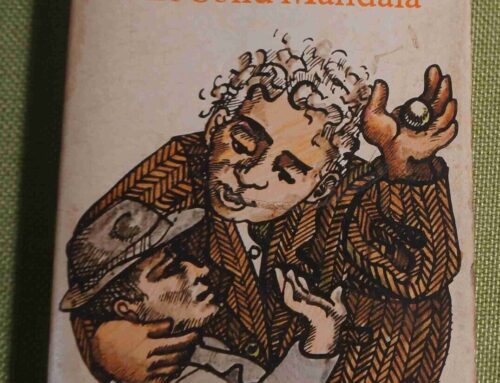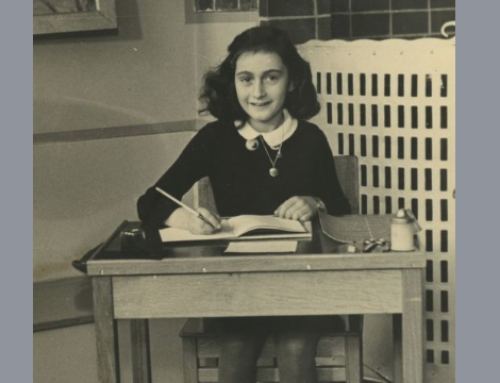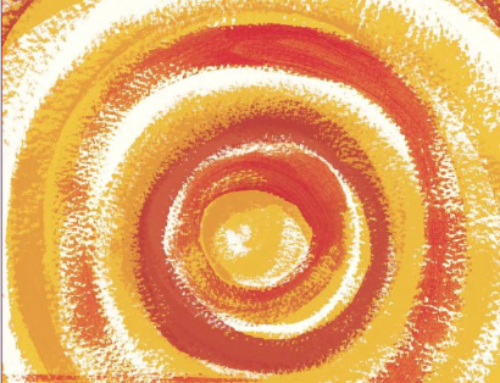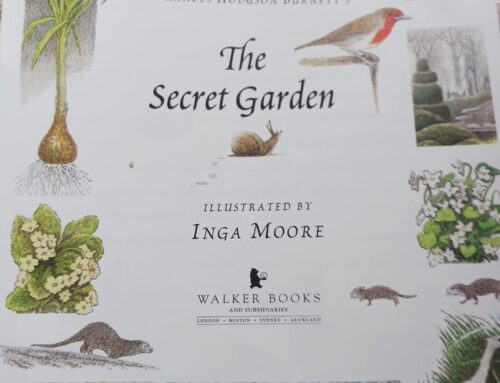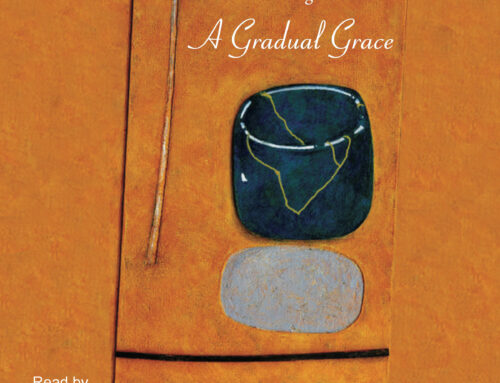Carrie Tiffany’s debut novel, Everyman’s Rules for Scientific Living, made a stunning start, winning the WA Premier’s Award for fiction, and being shortlisted for the 2006 Orange Prize, the Guardian First Book Award, and the Miles Franklin Literary Award. I didn’t read it when it was released, though heard glowing reports of it. But I was busy with my studies, and I admit, am sceptical about award-winning novels, as I’ve often found them disappointing. I also found the title offputting, as my first husband had rules for scientific living which I found increasingly hard to live with, and our marriage ended disastrously with his abduction of our three children. I learned that rationalism and a worship of science don’t necessarily make room for love, compassion, and consideration of others.
Circumstances brought me into direct contact with Tiffany’s novel recently. I started to read it a couple of days ago and finished it yesterday. I rarely read a book so quickly. It is a small book, but it packs a lot in, and has many levels of meaning. I found that it stayed in my mind in between reading sessions, which is always a sign that I am engaged by the characters and enter into the imaginary world they inhabit. This is literary magic, not scientific!
I can’t think of another Australian novel to compare it with; it is original in many ways. I was reminded at times, though, of Patrick White’s writing, especially in The Tree of Man. White’s style is very different from the sparse, dry lyricism of Rules, which suits the harsh, dry landscape the couple inhabit. White’s style is dense, allusive and poetic, and there are meta-themes of mysticism throughout. No such mysticism in Tiffany’s novel, which is set in the Mallee district of Victoria. But there is pathos, tragedy, and a dark theme of the folly of men who seek to control and farm the land in rational, artificial ways that rupture the synergy of soil and the microbial life that inhabits it, and that ignore the tyranny of climate, drought, sandstorms, mice plagues, and more.
I feel a strong empathy with this couple, especially the narrator, Jean, who accepts the vision of Robert Pettergree of turning the soils of the Mallee into fertile, productive wheat-growing farms.
It will be a modern marriage, in which Robert and I, as free and independent units of production, will implement the proven facts of scientific research. … Robert will grow his superior super phosphated wheats and, once the wheat has been milled, I will document his success by baking the annual test loaves in my experimental kitchen.
The real basis of their union is a deep attraction, expressed in heated sexual intercourse, but this is not expressed in words. Even feelings are suppressed. Robert is locked into himself, unable to express his feelings, carrying deep wounds from childhood. He eventually tells Jean about this. She, too, was orphaned as a young child, but seems more in touch with herself, more loving. The essence of their union is in the movements of intercourse: ‘We have slipped through the science to a place of pure and perfect motion.’
Even this fails when times get hard, the crops are poor and disappointing, drought, weeds, mice, rust, and sand overtake their efforts to create a scientific paradise, and Robert becomes increasingly frustrated by his failure to realise his vision and to provide for Jean. She conceives, after they have been together several years, but the baby is born prematurely.
Then the Second World War begins, a recruiting train comes to town (the same one they had met on when it was touring through the countryside bringing ‘science to the man-on-the-land.’ Robert fakes his identity (he is not eligible for recruitment as a farmer) and Jean misses saying goodbye to him:
There was no point in dragging him back to face the failure. He’d found some new ideas to deceive himself with and they didn’t include me. But I wanted to see him. I wanted to hold him and smell his skin, feel his stubble and the flushed heat of his face against my cheek. I wanted to imprint him on me, to make a last physical memory to draw upon in my grieving.
Jean stays on. She has become part of the Mallee despite all the heartbreak. She will continue her work as a dressmaker and keep the farm going, perhaps grow ‘a different crop — something that belongs here.’
The morals of this story are not spelt out, they are embodied in the choices made, the mistakes, the illusion of progress which is measured in terms of ‘number of acres cleared in a day, bushels of hay cut, pints of milk produced, acres of seed sown, tons of firewood cut.’ Behind this illusion are the shadows of Indigenous ways of managing the land, but these are not embodied in the story. Tiffany has chosen not to bring this dimension of knowledge in as counterpoint to science, but it is present in its very absence. One wonders if another novel of hers will bring it into the story explicitly.
Reading this book has been an absorbing and enriching experience for me, and particularly enjoyable, as it speaks to my own childhood and my family’s life in outback New South Wales. My father was not a leader, a visionary like Robert Pettergree. But he had a dream of raising sheep for fine wool, which he shared with my mother. Like Robert, he failed through years of drought, the Great Depression, dust storms and more drought. Like Robert, he escaped, but not to war (which was over by the time he left). Like Jean, my mother stayed on and kept the farm going for several years, but was forced to leave when he returned and repossessed the farm so he could sell it.
That story is told in my debut memoir, This Place You Know (see the Home page).
Thank you, Karrie Tiffany, for your wonderful recreation of an era in Australian farming and a rural district worked by battling small farmers, following a model of agriculture that damages the land, denying its nature and the climate. Science has moved on since then, but monoculture and irrigation are the new model that is as much out of touch with our land as were the ‘Everyman’s Rules’.
